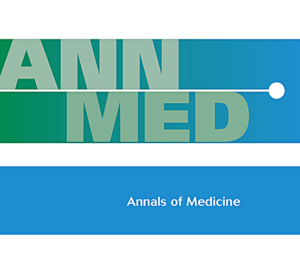The Scientific Director of the International Chair on Cardiometabolic Risk and his colleagues have published another review paper on the concept of cardiometabolic risk in a recent issue of Annals of Medicine (Volume 40, number 7, 514-523). Although debate continues on the relevance of the metabolic syndrome concept in clinical practice, its diagnosis together with the presence of traditional risk factors have been proposed as a better way to assess global cardiovascular disease (CVD) risk instead of using traditional risk factors alone. This holistic concept is referred to as global cardiometabolic risk. In the paper, the authors point out that intra-abdominal (visceral) obesity is the most prevalent form of the metabolic syndrome, which also includes insulin resistance, dyslipidemia, elevated blood pressure, and a pro-inflammatory/pro-thrombotic state. To assess the features of the metabolic syndrome in clinical practice, the authors propose that attention should be paid to the “hypertriglyceridemic waist” phenotype (simultaneous presence of elevated waist circumference and fasting triglyceride levels) as a marker of dysfunctional adipose tissue, ectopic fat accumulation, and related metabolic complications.
The paper also proposes that, in addition to treating individual traditional risk factors, global cardiometabolic risk management should specifically target high-risk intra-abdominal fat accumulation in patients by encouraging them to adopt healthy lifestyle habits. Targeting intra-abdominal fat is especially important given that more macrovascular complications are being observed in type 2 diabetic patients because of the abdominal obesity epidemic and related features of the metabolic syndrome. Within this landscape of evolving CVD risk factors, cardiologists manage an increasing number of patients with the metabolic syndrome and/or type 2 diabetes. For the benefit of patients, the paper suggests that a dialogue between diabetologists and cardiologists is necessary to optimally manage this expanding pool of “dysmetabolic” patients by taking concerted action. The paper concludes by noting that additional studies are needed to evaluate whether the metabolic syndrome adds value beyond the contribution of well-established CVD risk factors in the assessment and management of this large population of patients.
